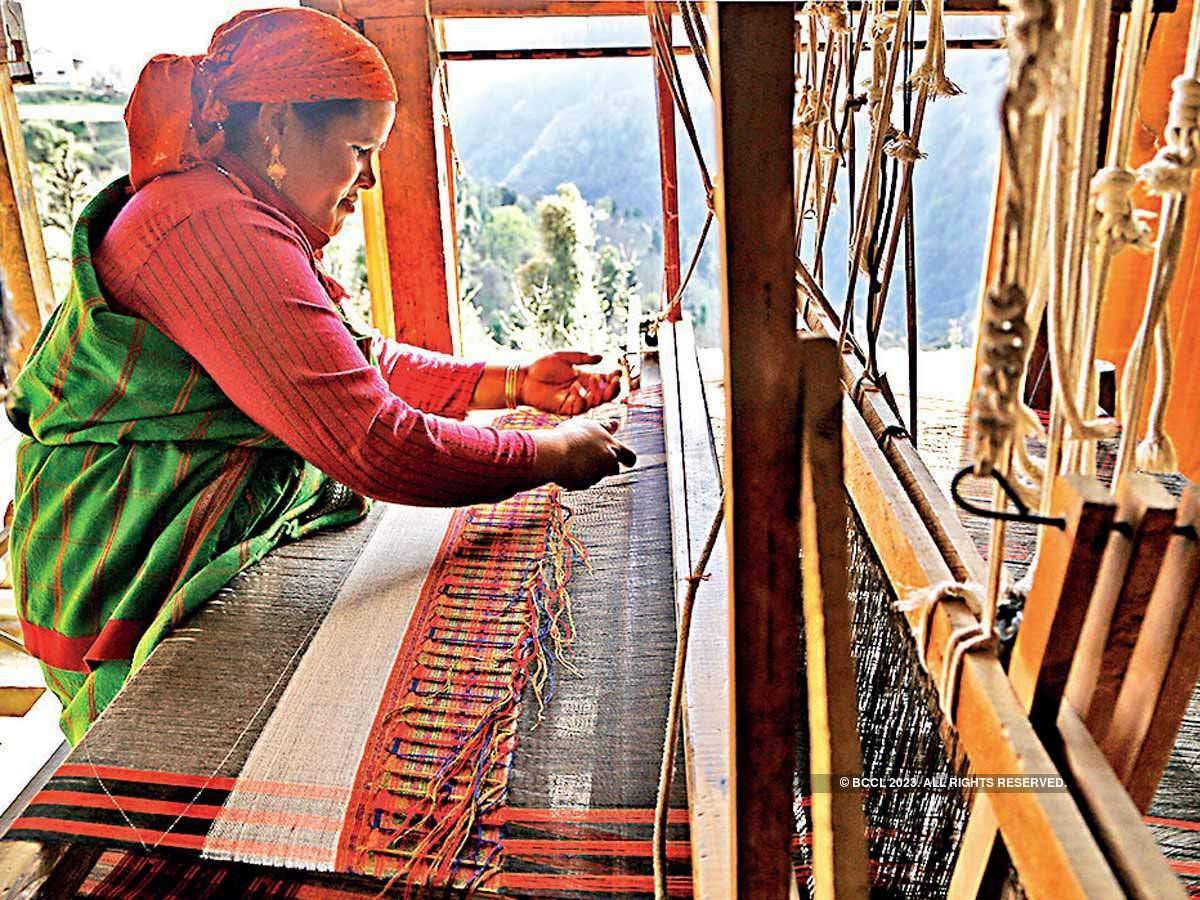Reviving the Dying Looms: Preserving Tradition and Empowering Communities
By Ankita Thakur June 27, 2023

In an era dominated by mass production and automation, the rich heritage of traditional handloom weaving is in danger of fading away. Looms, once the lifeblood of many communities around the world, are now struggling to survive. However, amidst this decline, a growing movement is emerging to revive these dying looms and preserve the craftsmanship and cultural significance they represent. This blog explores the importance of reviving the dying looms, the challenges they face, and the potential for a resurgence in handloom weaving.
The Significance of Handloom Weaving: Handloom weaving is an ancient art form that has been practiced for centuries. It holds immense cultural, historical, and economic significance for many communities. It is not merely a means of producing fabric; it is an intricate process that embodies the creativity, skill, and tradition of the weavers. Each handcrafted piece tells a story, representing the identity and heritage of a particular region or community.
Challenges Faced by Dying Looms: The decline of handloom weaving can be attributed to various factors. One of the primary challenges is the rise of mechanized production, which offers faster and cheaper alternatives. As a result, mass-produced textiles flood the market, leaving traditional handloom products struggling to compete. Additionally, the lack of recognition and support for the craft has led to a decline in interest among younger generations, making it difficult to pass down the skills and knowledge.
Revival Efforts and Their Impact: Despite the challenges, there is a growing realization of the need to revive the dying looms. Governments, NGOs, and individuals are coming together to support and promote handloom weaving. Various initiatives are being implemented to create awareness, provide training, and offer financial support to weavers. These efforts aim to empower communities by preserving their cultural heritage, generating income, and creating sustainable livelihoods.
The Role of Sustainable Fashion: The global shift towards sustainable and ethical fashion has opened up opportunities for handloom weavers. Consumers are increasingly seeking unique, artisanal products that align with their values of environmental conservation and fair trade. Handloom textiles, with their natural fibers and low carbon footprint, perfectly fit the criteria. By promoting the use of handloom fabrics, designers, and fashion brands can help revive the dying looms while contributing to a more sustainable industry.
Preserving Tradition in a Modern World: Reviving the dying looms is not just about economic development; it is about preserving tradition in a rapidly changing world. Handloom weaving connects communities to their cultural roots, instilling a sense of pride and identity. By supporting these traditional crafts, we can ensure that the knowledge and skills passed down through generations are not lost forever. It is through the preservation of these traditions that we can create a more diverse, inclusive, and culturally rich society.

In Conclusion, Reviving the dying looms is an endeavor that goes beyond economic considerations. It is about recognizing the value of cultural heritage, empowering communities, and promoting sustainability. Handloom weaving represents a tangible link to our past and has the potential to shape a brighter future. By supporting and investing in these artisans, we can revive the dying looms, celebrate diversity, and foster a global community that cherishes and preserves traditional craftsmanship. Together, let us weave a future where the beauty and ingenuity of handloom weaving thrive once again.
#ReviveHandloomWeaving #PreserveTraditionalCrafts #RevivingDyingLooms #HandloomRevival #CulturalHeritage #SustainableFashion #EmpoweringCommunities #ArtisanalWeaving #TraditionalCraftsmanship #HandmadeTextiles
